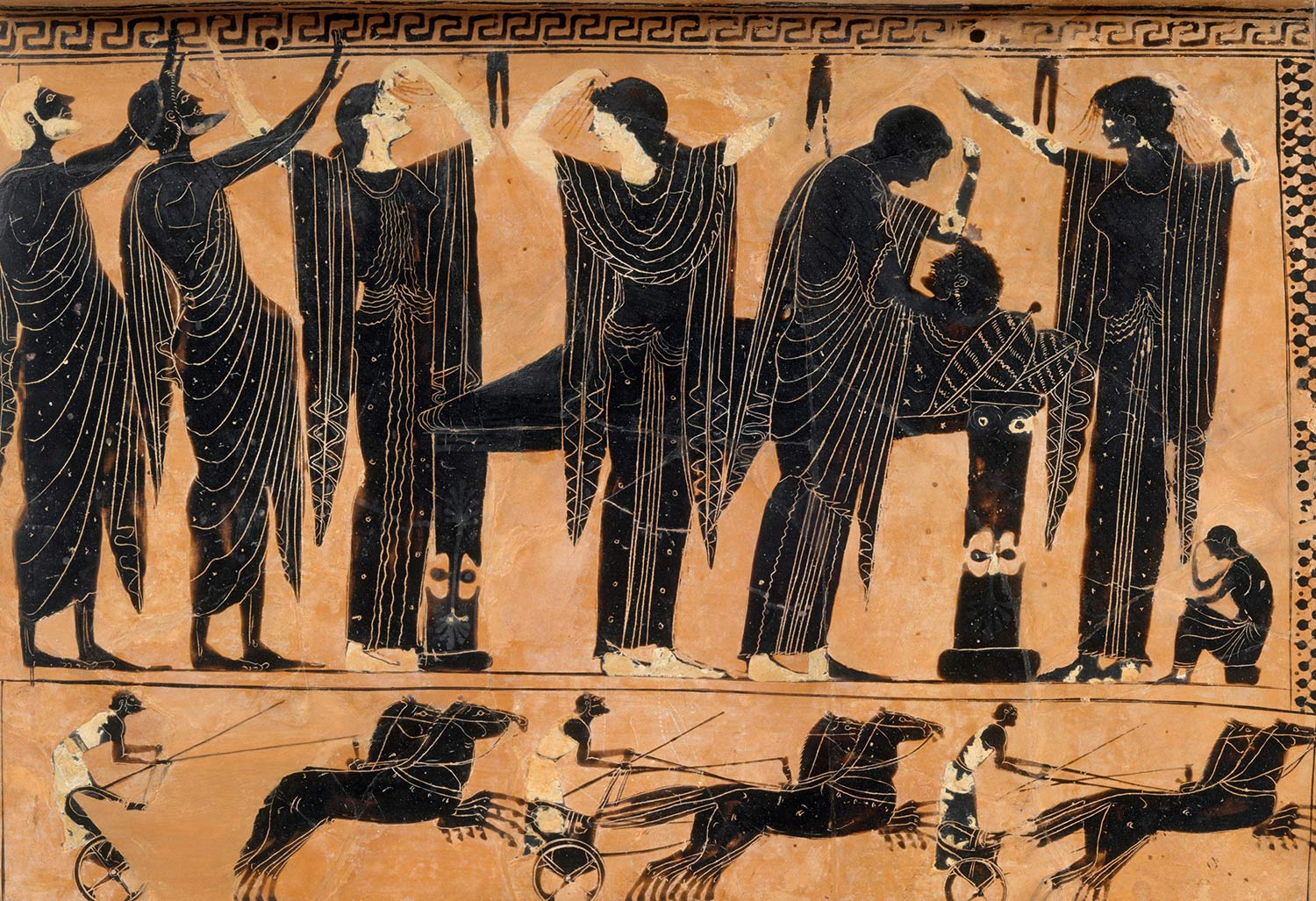
Why negative times negative is a positive?
Authored by: Rohan Thomas
In elementary classes, we learn that the product of two negative numbers is positive. But why does this happen? Take a moment to think about it.
Let’s consider , we can visualize it as = , representing two groups of three, equals 6 or by switching the order, , meaning three groups of two also equals to 6.
Now let’s take a step further, Consider , it can be seen as , or repeatedly adding -2 in three groups equals 6.
Let us switch the order, , see the inability (3 into -2 groups?) to think about this situation as repeated addition. This is exactly the same situation when we try to visualize the product .
This suggests that repeated addition is an informal notion of multiplication, and thus we need a more formal line of reasoning. Reasoning in Mathematics is built upon fundamental statements which are self-evidently true better known as axioms. For instance, two distinct points determines a unique line is an axiom from plane geometry.
There are axioms of algebra that describe how addition and multiplication behave with integers, these axioms are used to prove why certain properties hold. Mathematicians say that integers form a ring structure💍 under the operations addition and multiplication. Here is the complete list of ring axioms.
A standard proof of why product of two negative integers is a positive seen in an abstract algebra textbook. This material is written to give the gist of the proof for the curious minds out there. Here are the following axioms and facts (these are provable statements) about integers that will be useful.
2. Distributivity (Axiom): For any integers , , and , we have
and
3. Fact: Given any integer,
4. Fact: Additive inverse is unique.
The key is to think of negative numbers as additive inverses, For example,
should be seen as the additive inverse of since . Similarly is the additive inverse of . Ask which number added to get to ? It’s 2, so .
Now, let’s jump into it.
Let us first try to reason out what is:
Consider , we know as a fact its equal to zero, using distributivity, we have
Notice when added to gets us to zero, this means is the additive inverse of , but additive inverse is unique thus .
Now let’s jump into showing .
Consider , again we know its equals to zero.
Here is the additive inverse of . Now what’s the additive inverse of ?. Ask which number added to gets to 0. It’s ab, since . Thus, it has to be the case that .
The takeaway is that this rule results from extending familiar properties of positive numbers to negative numbers through axioms. Using a chain of reasoning, it can be easily understood.
References and Further Reading
- Rusczyk, R., Patrick, D., & Boppana, R. B. (2011). Prealgebra. Art of Problem Solving (AoPS) Incorporated.
- Khan Academy. (2012, June 22). Why a negative times a negative is a positive | Pre-Algebra, [Video]. YouTube. https://www.youtube.com/watch?v=rK4sXm_MPWo
- Fraleigh, J. B. (2014). Abstract Algebra (7th ed.). Part IV: Rings and Fields. Addison-Wesley. (Theorem 18.8).